VHO - Not only is it a great stone structure in the middle of a sacred land, the Ho Dynasty Citadel also hides underground a rich and valuable treasure trove of artifacts. The pieces of pottery, bricks, foundations, architectural structures... found through archaeological excavations over the past 20 years have provided solid scientific evidence, affirming the integrity and authenticity - the core factors that helped the Ho Dynasty Citadel Heritage be listed by UNESCO as a World Cultural Heritage.
Archaeological artifacts – “living witnesses” of history
The Ho Dynasty Citadel was built in an extremely short time, just over the first three months of 1397, but to this day the stone wall, more than 3.5km long, is still intact, massive and solid.
However, to understand deeply about the Ho Dynasty and to prove the integrity and authenticity of a heritage complex, stone walls are not enough. There needs to be concrete evidence of living space, construction techniques, material and spiritual life in the citadel and that is the role of archaeological artifacts.
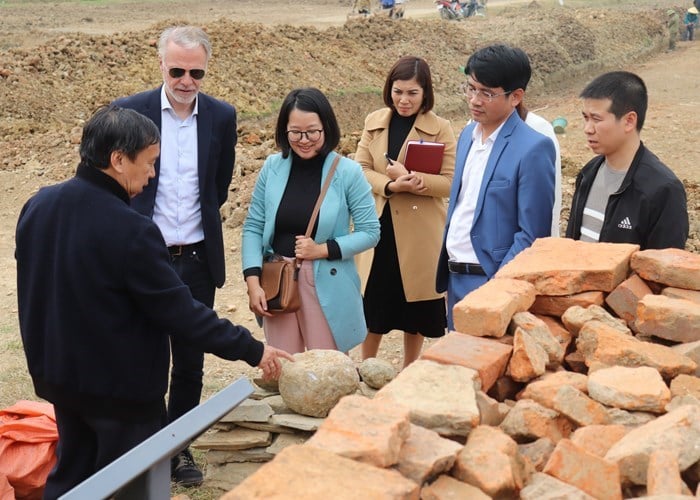
Since 2004, the Institute of Archaeology in collaboration with the Ho Dynasty Citadel Heritage Conservation Center has conducted many large-scale investigations and excavations in key areas within the inner city, temples, Nam Giao altar and surrounding areas.
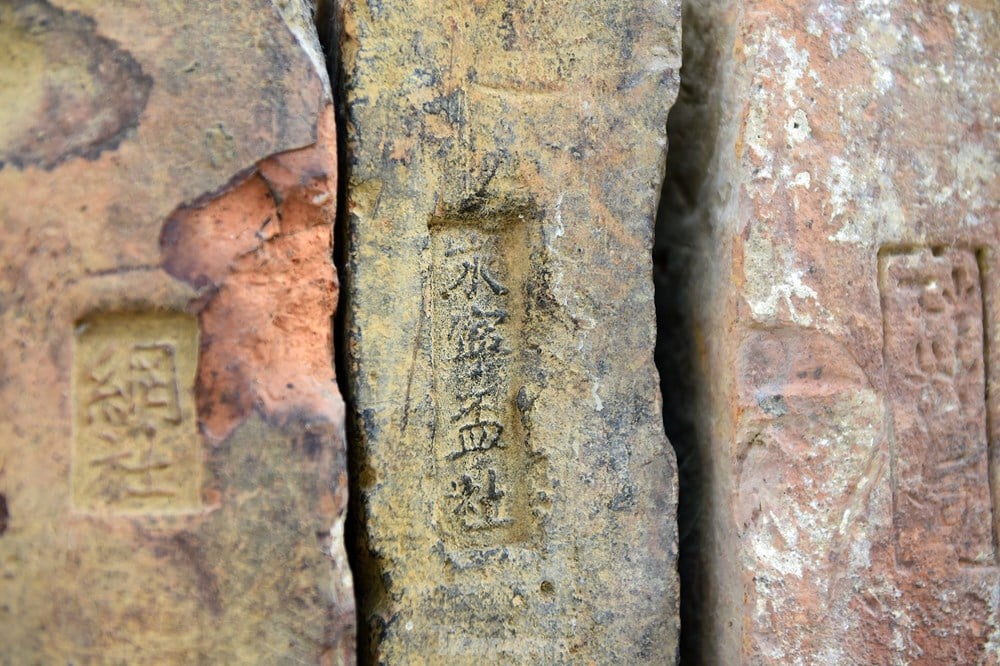
Through that, tens of thousands of artifacts were discovered, including bricks, architectural stones, ceramics, bronze, animal bones, charcoal, etc. Most of the artifacts are still in place, undisturbed, have clear cultural layers and dates that coincide with the short-lived period of the Ho Dynasty.
Notably, a large number of bricks are engraved with Chinese and Nom characters, marking the brick production locations to serve the construction of the capital through the stages. This reflects the transition from the Tran to the Ho and then the early Le dynasties. The brick firing technique, shape and quality also show a high level of technical expertise and consistency in construction planning.
Bricks printed with place names not only establish the age of architectural works such as the main hall, temples or altars, but also serve as direct evidence, helping to compare historical documents with archaeology.
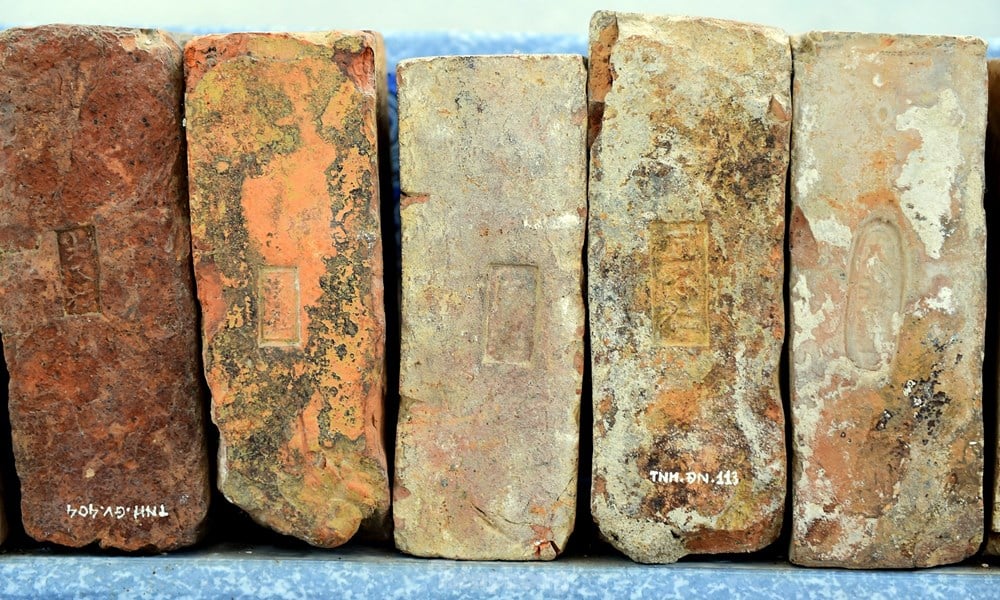
Not stopping there, pieces of white glazed ceramics, celadon, blue glazed ceramics, rough ceramics, brown patterned ceramics… were discovered in very large quantities. Many sophisticated decorative artifacts, dating from the late Tran Dynasty – early Ho Dynasty, were products of famous domestic nopoir ceramic kilns during many golden periods of the nation’s history.
This is a vivid demonstration of daily life, rituals and cultural and industrial exchange activities between Tay Do and other regions.
Some special artifacts such as lids, lamp stands, incense burners, sacrificial objects, etc. appeared in the Nam Giao altar area and temples, showing the rituals of worshiping heaven and ancestors with strong Confucian colors.
These relics reflect the spiritual life of the Ho Dynasty court, contributing to affirming the authenticity of the functional use of important ceremonial structures.
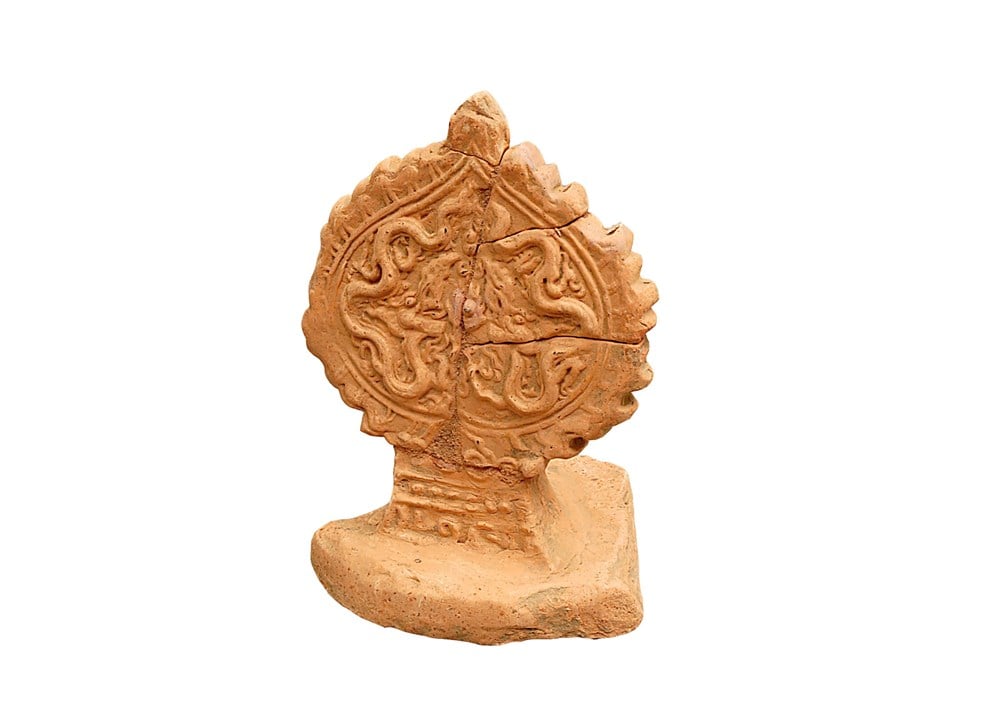
In particular, many stone architectural artifacts such as: reinforced foundation pillars, pedestals, slabs, steps, railings, mortise and tenon stone bars... were discovered in an almost intact state. These structures help determine the scale, plan, axis direction and function of the works, thereby scientifically restoring the overall architecture of the citadel.
The large, meticulously crafted, tightly fitted blocks of green stone demonstrate the high technical level of Ho Dynasty craftsmen, and are also clear evidence of the construction organization capacity in a special historical period.
It is worth noting that all these archaeological artifacts were discovered in the correct position of the ancient urban spatial structure, in an undisturbed stratum, clearly demonstrating their original and authentic value. This is a key factor in UNESCO's assessment of the outstanding global value of the Ho Dynasty Citadel Heritage.
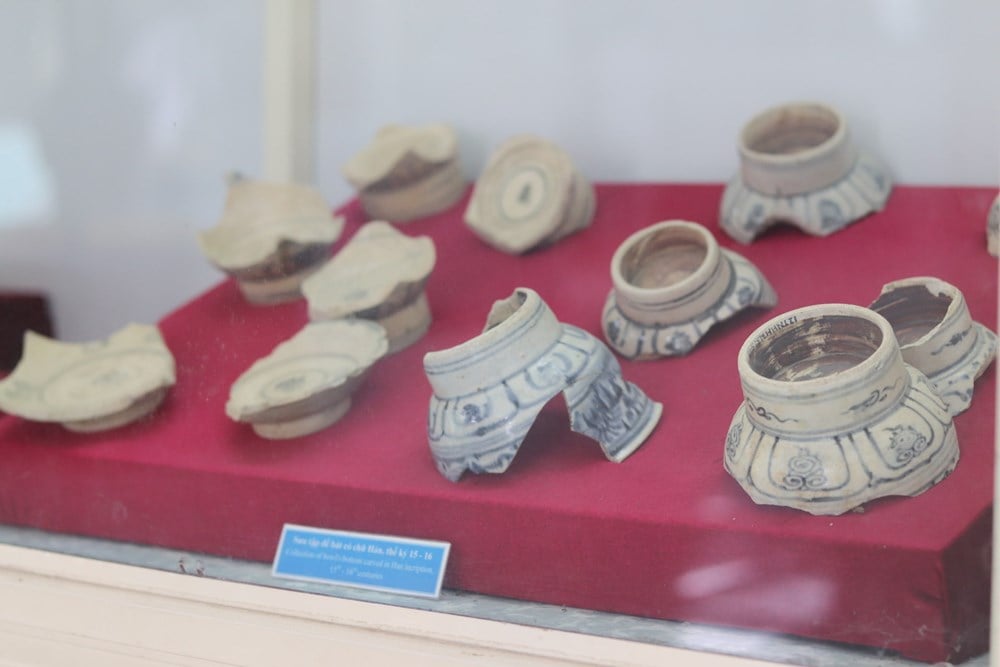
Preserving artifacts in situ – Preserving original values for future generations
In UNESCO’s assessment, authenticity does not only stop at the age or technique, but also includes the originality of the context of discovery and appropriate conservation work. Ho Dynasty Citadel is one of the few World Heritage sites in Vietnam that synchronously implements archaeological excavation associated with in situ conservation of artifacts, in accordance with international principles.
After each excavation, artifacts such as foundations, foundations, printed bricks, stone structures, etc. are carefully protected by covering the strata, using geotextile, clean sand and specialized membranes to prevent erosion, limit weathering and ensure their original state. Some typical excavation pits are also temporarily restored for outdoor display, serving the education of the community and visitors.
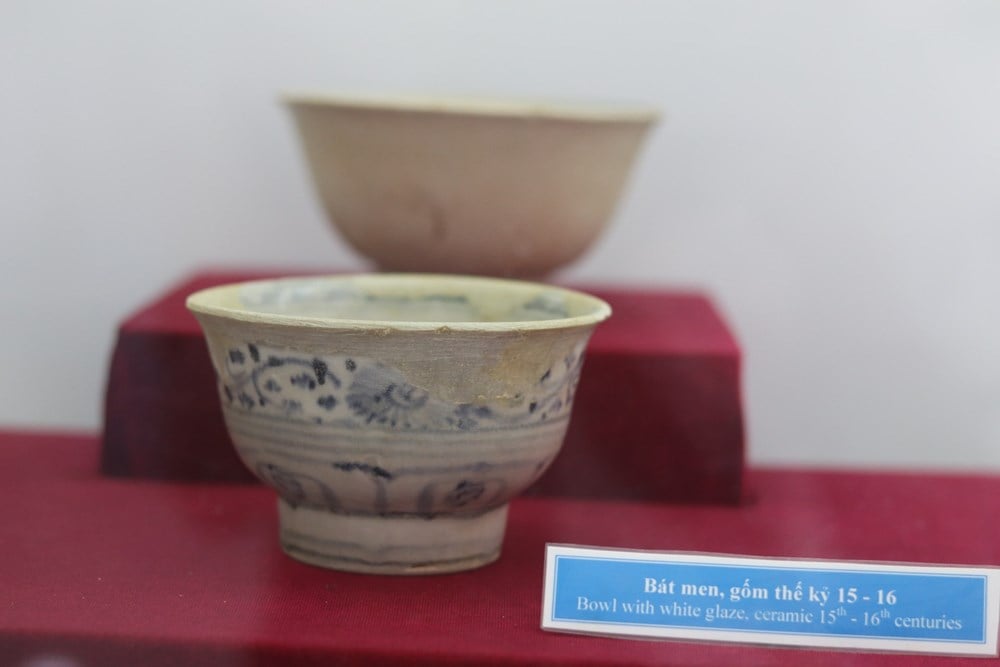
The Ho Dynasty Citadel Heritage Conservation Center is currently collaborating with experts from UNESCO, the Institute of Archaeology and international organizations to digitize all archaeological artifacts, build a 3D database and an artifact distribution map. The application of technology not only contributes to the protection of artifacts but also opens up new approaches to research, display and communication of heritage.
Notably, many typical artifacts have been selected, preserved and put on display at the Ho Dynasty Citadel Heritage Exhibition House, serving research, sightseeing and education. This is a way to transform archaeological values into educational values and sustainable development, in line with the spirit of the 1972 World Heritage Convention.
Excavation, restoration and preservation of archaeological artifacts in situ not only contribute to preserving authenticity but also create a foundation for future heritage restoration and interpretation projects. With an ancient architectural complex of which only the citadel wall remains, such as the Ho Dynasty Citadel, preserving archaeological artifacts in their original location is the key to preserving historical memory for future generations.
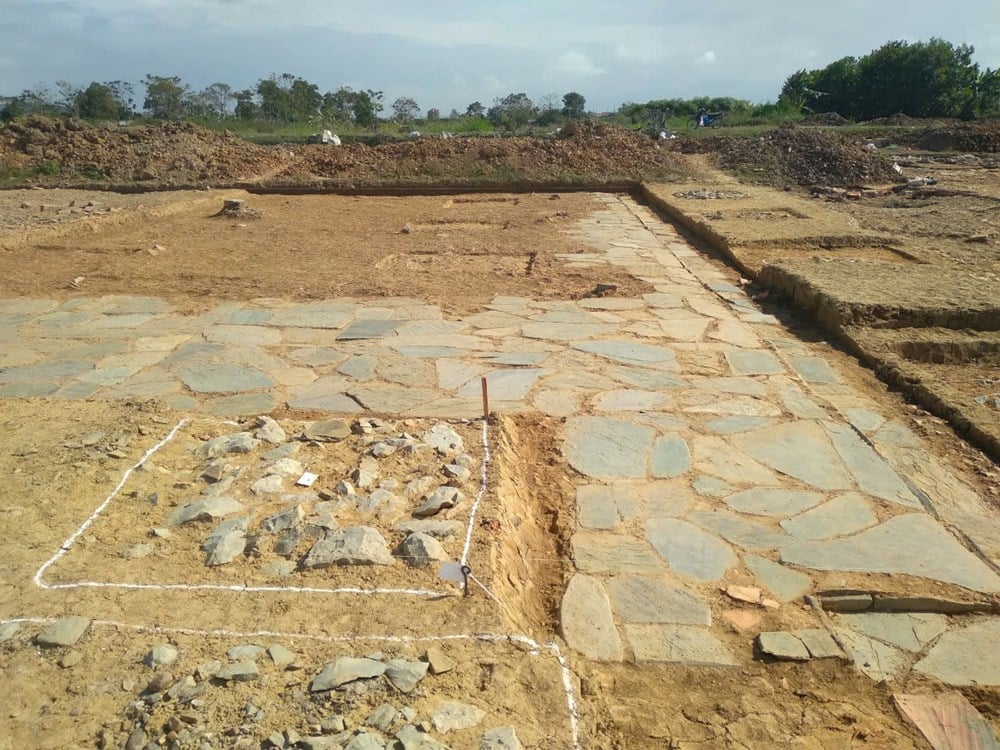
It is no coincidence that the Ho Dynasty Citadel Heritage was recognized by UNESCO as a World Cultural Heritage with criteria (ii) and (iv) - that is, outstanding evidence for a historical period and a typical form of urban architecture. Because in addition to the great stone wall, the archaeological artifacts, even just broken pottery pieces or bricks with printed letters, have provided authentic, scientific and convincing evidence of the existence, continuity, function and level of development of the Tay Do capital.
As Dr. Nguyen Giang Hai, former Director of the Institute of Archaeology, once shared: “Archaeological artifacts cannot be falsified. They are living evidence, helping history speak out in the most honest way. The Ho Dynasty Citadel retains its authenticity not thanks to its solid stone walls, but thanks to the layers of sedimentary soil and pristine artifacts that have been sleeping underground for more than 600 years.”
Source: https://baovanhoa.vn/van-hoa/bai-2-khang-dinh-tinh-xac-thuc-cua-di-san-135297.html


![[Photo] The Government Standing Committee reviews the planning project of the Red River landscape avenue axis](https://vphoto.vietnam.vn/thumb/1200x675/vietnam/resource/IMAGE/2025/11/15/1763197032149_dsc-0163-jpg.webp)

![[Photo] Action for the Community tells stories of enduring journeys – both intimate and great, yet quiet and determined](https://vphoto.vietnam.vn/thumb/1200x675/vietnam/resource/IMAGE/2025/11/15/1763179022035_ai-dai-dieu-5828-jpg.webp)







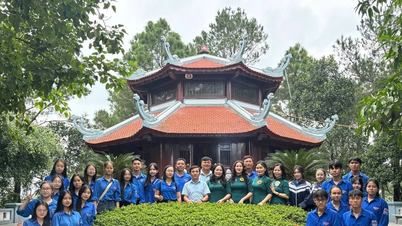


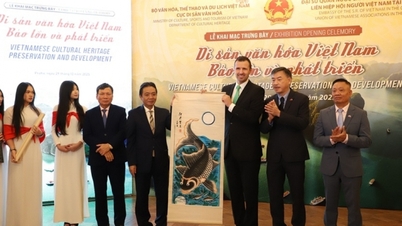



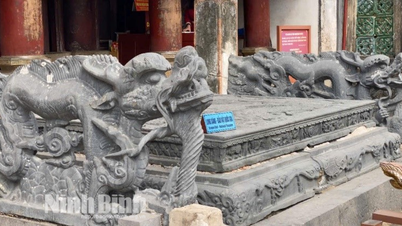






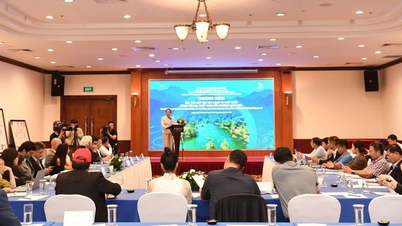

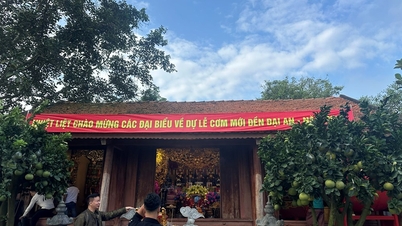







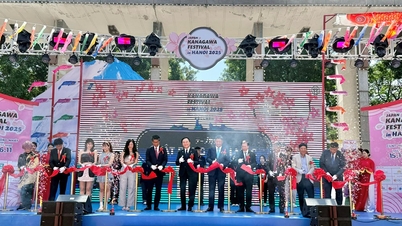




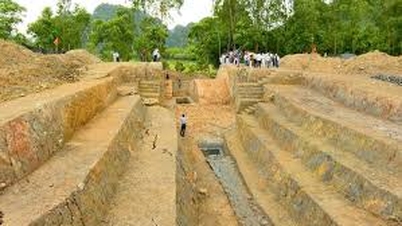


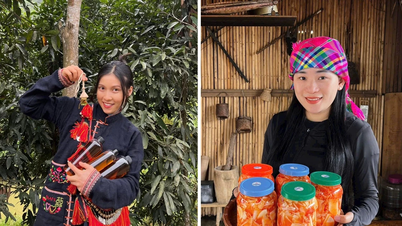









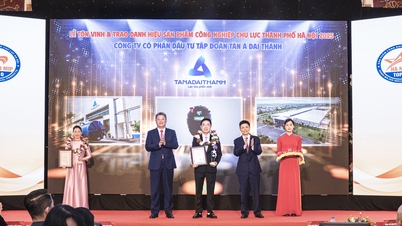













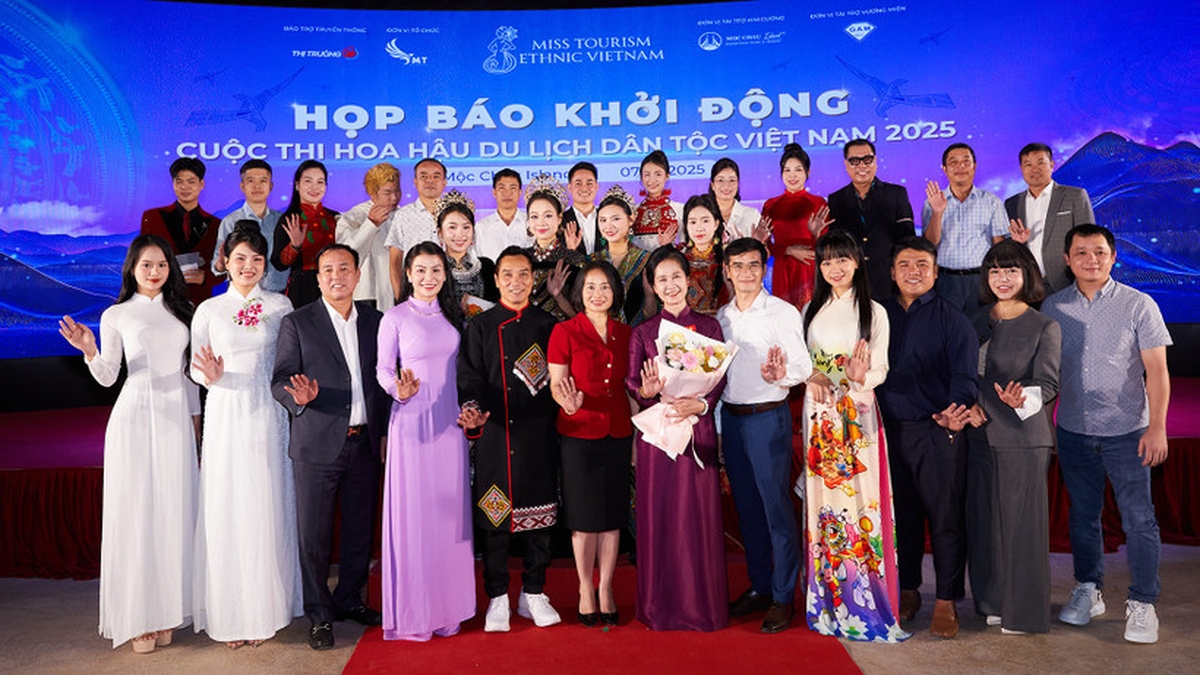









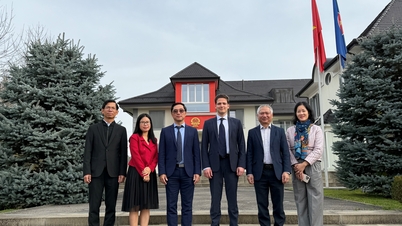

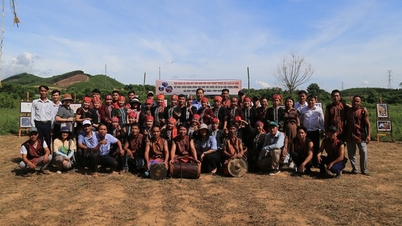

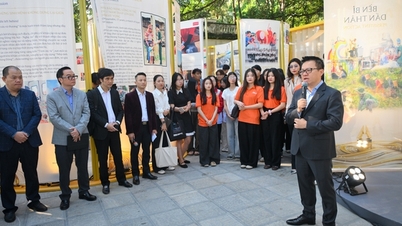
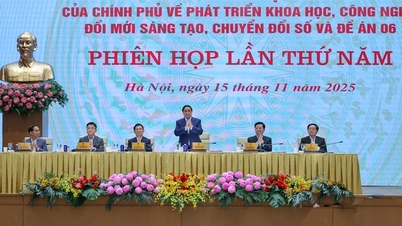
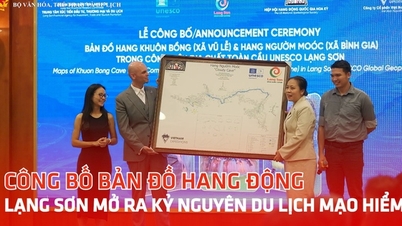




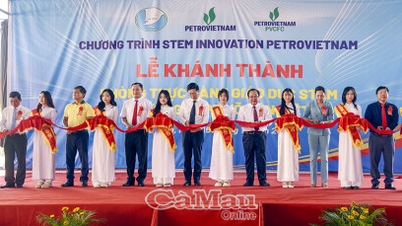

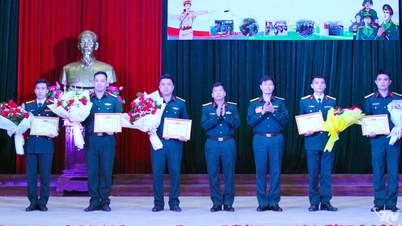



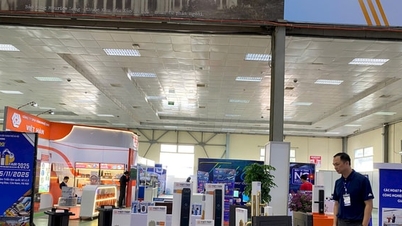
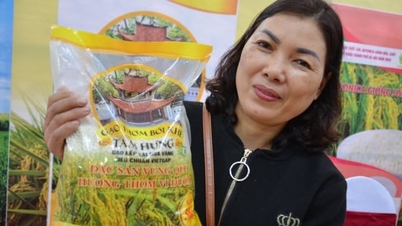










Comment (0)